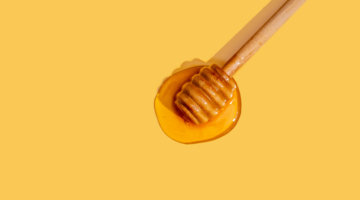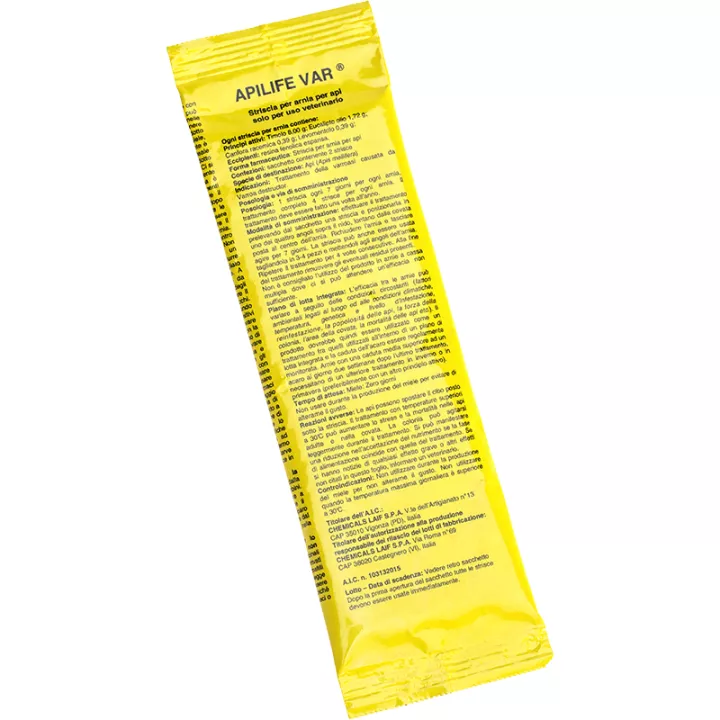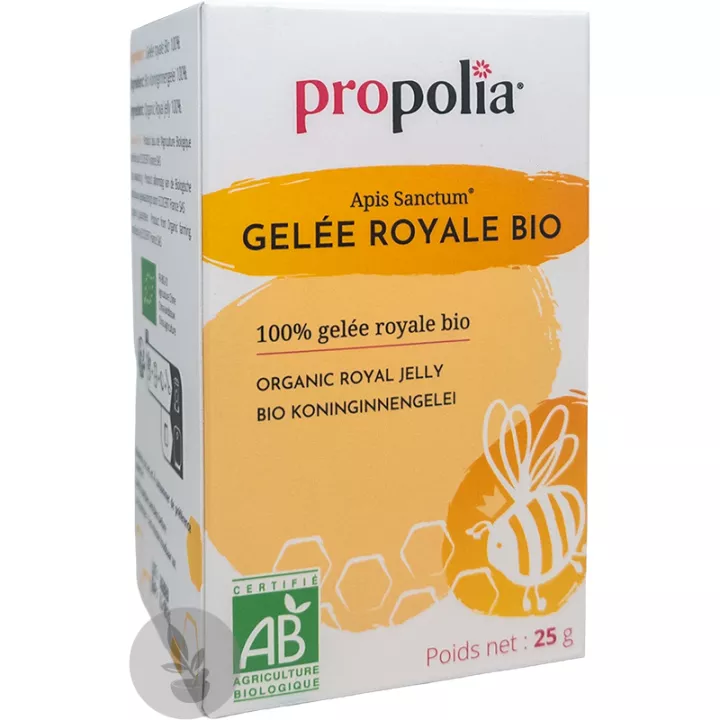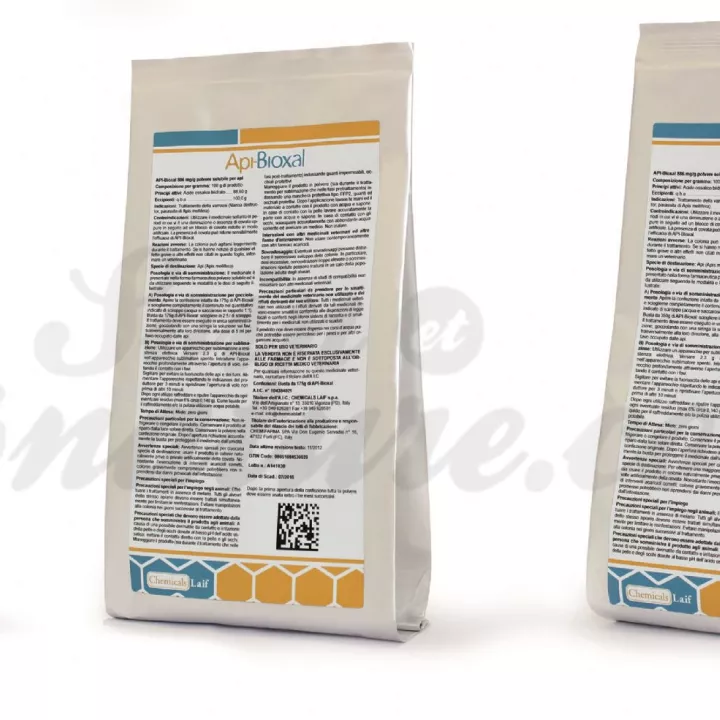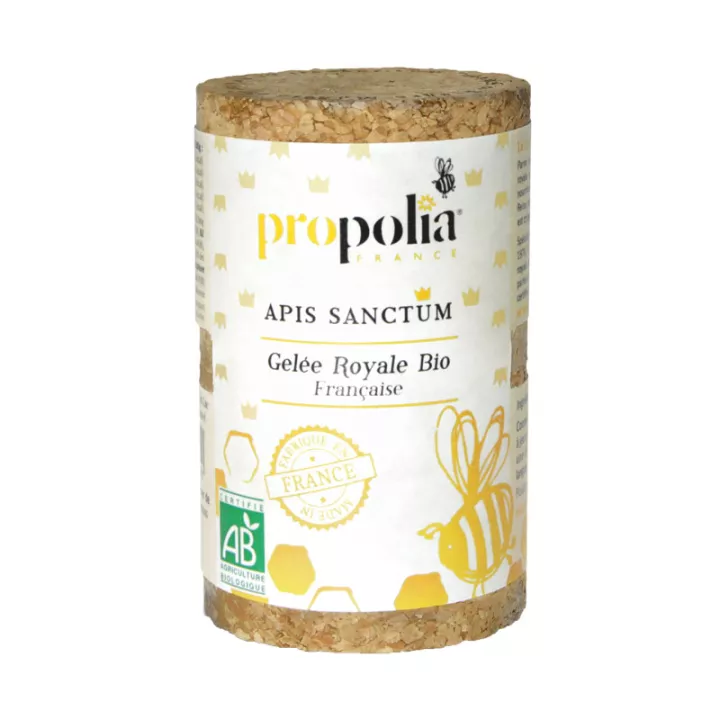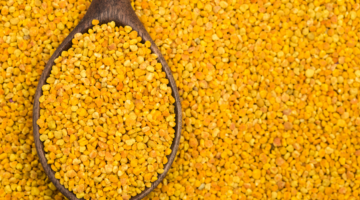Dispensing: this medicine can now be dispensed without a veterinary prescription. Available at the best price from pharmacies and mail-order outlets.
What is Apistan Anti Varroa Lanyard used for?
Beekeeping is essential to the preservation of our ecosystems and the production of quality honey. However, bees, those precious pollinators, face many challenges, one of the most formidable being Varroa destructor, a parasitic mite that can decimate entire colonies. Fortunately, there are ways to protect our bees, and one of them is the use of Apistan, an effective and proven anti-varroa lanyard.
Varroa destructor originated in Southeast Asia, where it parasitized the Asian honeybee Apis cerana without causing serious damage. However, when it invaded European Apis mellifera bee populations, it became a formidable scourge. This parasite attacks adult bees, larvae and nymphs, weakening the colony and potentially causing its demise. Varroasis, the disease caused by Varroa destructor, is one of the main causes of the worldwide decline in bee numbers.
One of the most effective methods of combating varroasis is the use of Apistan. This anti-varroasis strap is specially designed to eliminate these devastating parasites and protect bees. Apistan's indication is clear: it is intended for the treatment of varroasis caused by Varroa destructor.
Apistan is much more than just an anti-varroasis product. It's a symbol of confidence for beekeepers the world over. Since the 1980s, Apistan has been recognized as the reference treatment against Varroa destructor. Its reputation is no accident, but the result of its proven efficacy.
Apistan is easy and convenient to use. Simply insert two Apistan strips into the hive body at the end of the season, for a period of 6 weeks. This ease of use makes it a preferred choice for many beekeepers.
Apistan's effectiveness lies in its ability to eliminate Varroa mites present in the hive, thus contributing to the health and survival of bees. By using Apistan as recommended, you can help preserve your bee colonies and support the pollination of our crops.
Bees play an essential role in the pollination of plants, contributing to the production of many of the fruits, vegetables and seeds we eat every day. The fight against varroasis is therefore a responsibility shared by beekeepers, farmers and society as a whole.
By choosing Apistan as your anti-varroasis solution, you're helping to protect bees and preserve our environment. Protect our precious pollinators with Apistan and support the vitality of our bee colonies.
We also offer Apitraz amitraz strip sachets at the best price in our online pharmacy.
How to use these anti varroasis strips?
Treatment in the hive: 2 strips per hive (i.e. 2 x 800 mg tau-fluvalinate, in strip form) for 6 to 8 weeks.
Method of administration
Strips are joined together during manufacture. Simply separate them and insert them between the frames of the hive body; the strips will be held vertically between the frames, by their built-in suspension system. Use 2 strips for a Dadant-type hive (10 frames). Insert strips between frames 3 and 4 and between frames 7 and 8 of the hive body.
For nucs and small hives, just 1 strip is enough, to be inserted between frames, at the heart of the swarm.
Treatment time
The strips should be left in the hive for a minimum of 6 weeks, and must be removed after 8 weeks in the hive. Given the evolution of the parasite, a single treatment per year is generally sufficient. This product can be used all year round. However, the best results are obtained with treatments carried out in the spring before the first honeyflow or in the autumn after the honey harvest.
Do not reuse strips.
Precautions for use
Keep strips in their original, well-closed packaging, away from foodstuffs and any chemical substances that might contaminate them.
Use lanyards as soon as they are removed from the pouch, to avoid pollution or contamination.
Do not expose lanyards to direct sunlight.
Do not store above 25°C.
